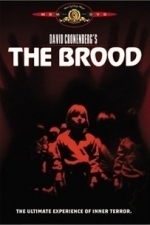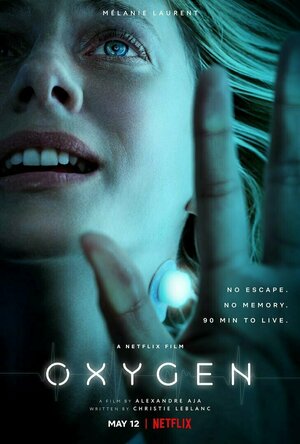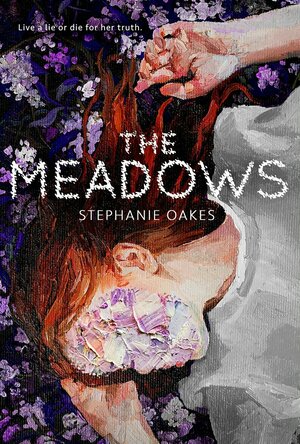Matthew Krueger (10051 KP) rated The Brood (1979) in Movies
Sep 4, 2020 (Updated Sep 4, 2020)
The plot: follows a man and his mentally-ill ex-wife, who has been sequestered by a psychologist known for his controversial therapy techniques. A series of brutal unsolved murders serves as the backdrop for the central narrative.
Conceived by Cronenberg after his own acrimonious divorce, he intended the screenplay as a meditation on a fractured relationship between a husband and wife who share a child, and cast Eggar and Hindle as loose facsimiles of himself and his ex-wife. He would later state that, despite its incorporation of science fiction elements, he considered it his sole feature that most embodied a "classic horror film".
Written in the aftermath of writer-director Cronenberg's divorce from his wife, The Brood has been noted by critics and film scholars for its prominent themes surrounding fears of parenthood, as well as corollary preoccupations with repression and the treatment of mental illness in women.
The Brood is my version of Kramer vs. Kramer, but more realistic." —Cronenberg commenting on his concept of the film, 1979.
In retrospect, Cronenberg stated that he felt The Brood was "the most classic horror film I've done" in terms of structure.
The Brood had cuts demanded for its theatrical release in the United States, Canada, and United Kingdom. Eggar conceived of the idea of licking the new fetuses that her character Nola Carveth has spawned. "I just thought that when cats have their kittens or dogs have puppies (and I think at that time I had about 8 dogs), they lick them as soon as they’re born. Lick, lick, lick, lick, lick…," Eggar said.
However, when the climactic scene was censored, Cronenberg responded: "I had a long and loving close-up of Samantha licking the fetus […] when the censors, those animals, cut it out, the result was that a lot of people thought she was eating her baby. That's much worse than I was suggesting.
Its a distubing film but a excellent film.
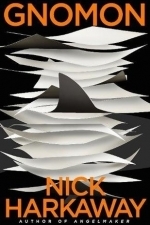
Gnomon: A Novel
Book
Near-future Britain is not just a nation under surveillance but one built on it: a radical...
Science fiction
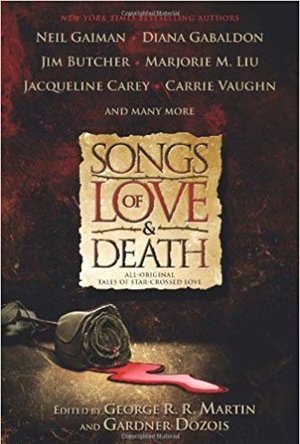
Songs of Love and Death: All-Original Tales of Star-Crossed Love
Book
N this star-studded cross-genre anthology, seventeen of the greatest modern authors of fantasy,...
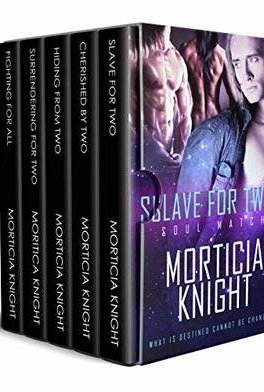
Soul Match: A Box Set
Book
Slave for Two What is destined cannot be changed. Chris has had a monumentally bad month....
Bondage BDSM Science Fiction Erotica Romance M_M
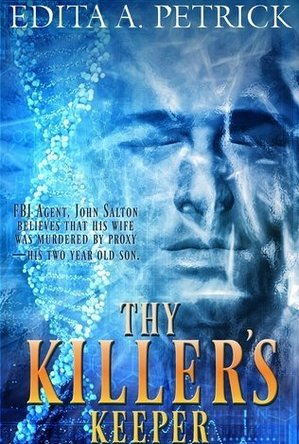
Thy Killer's Keeper
Book
John Salton is everything that a country police can expect of its agent. He has brilliant analytical...
sci fi science fiction paranormal thriller crime detective
Bob Mann (459 KP) rated Oxygen (2021) in Movies
Sep 28, 2021
“Oxygen” is a case in point. When I saw that the film was directed by Alexandre Aja – the man behind the OTT “Piranha 3D” and the equally OTT popcorn-croc movie “Crawl” from 2 years ago, I feared the worst. But this an intriguing little movie that mystifies and jolts in equal measure.
There is probably no such thing anymore as a truly novel thriller or science fiction film. And this draws recognisably from a host of other movies: I personally recognised elements from “Room“, “Solaris”, “Moon” and “Gravity” in there. But the closest similarity is definitely to the Ryan Reynolds 2010 thriller “Buried” which features a very similar initial set-up. If “Oxygen” were to have pulled out an ending like that film (if you haven’t watched it yet – do so!) then it would have been a mini-classic.
Positives:
No spoilers here, but this is a ‘small’ mystery movie that goes off in a VERY surprising direction. The script is genuinely unpredictable.
Mélanie Laurent gives a strong performance as the heroine near the end of her tether.
Although this is a French film, don’t let that put you off. Netflix gives options of the original French, French with subtitles and an English dub. And the English dubbing is so good that it took me until some sub-titles for text written in French before I realised it was dubbed!
Negatives:
After the long drip-drip-drip of context, I found the ending to be something of a disappointment. Too twee.
I found something morally dubious about the ‘re-routing’ request near the end of the movie. (Although, I’m sure given the options, I would probably do the same!)
If you don’t like jump scares, you are likely to spill a lot of hot drinks while watching this one!
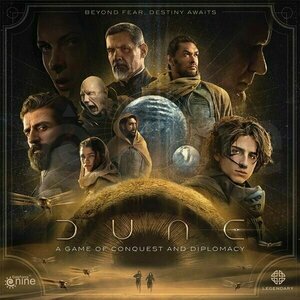
Dune: A Game of Conquest and Diplomacy
Tabletop Game
Take part in one of the most famous science-fiction stories of all time. Dune: A Game of Conquest...
Ali A (82 KP) rated The Meadows in Books
Sep 11, 2023
Every youth hopes to get a letter to attend one of the places where only the best and brightest go to be even better and brighter: the Estuary, the Glades, the Meadows…
When Eleanor is accepted to go to the Meadows, it means her escape from the Cove and a hard life by the sea. But, though the Meadows is filled with beautiful and wonderful things, it hoards dark secrets: its purpose is to reform its students from their attractions, to show them that the way of life is only possible through their way. Maybe Eleanor starts to believe, but then she meets Rose, and everything changes.
A year after leaving the Meadows, Eleanor and her friends are on the outside, living back in society - but not everything is as they hoped. Eleanor is an adjudicator, someone who makes sure former students haven’t strayed from the lives they were trained to live. But the past isn’t letting go of Eleanor and as secrets unravel, Eleanor must fight against everything she has been taught to be, especially if she can find the girl that she lost.
I originally was interested in this title when I saw it on BookishFirst because it was being marketed as “a queer, YA Handmaid's Tale meets Never Let Me Go” and I was all about that. I also love a good dystopian novel so this was really right up my alley.
That being said, I absolutely loved and devoured this novel over the course of the weekend when I didn’t have the interruption of work. The world building is intriguing and the “perfect” society is everything but (aren’t they all). The characters were also complex and engrossing - even the ones I wasn’t the biggest fans of, I still wanted them to succeed.
I absolutely recommend this book to those not only those who love dystopian novels, but those who want a page turning science fiction with queer characters.
*Thank you Dial Books and BookishFirst for an ARC copy of this book in exchange for an honest review
ClareR (6037 KP) rated Beautiful Shining People in Books
Aug 5, 2023
I honestly didn’t know what to expect when I started reading this, but I quickly realised that I was loving what I was reading. I do like both speculative and science fiction, so I knew we’d be off to a good start.
This is so much more though. It’s about relationships, both with others and oneself. It’s about loneliness, feeling cut off from others and trying to make a connection.
Both John, a young American tech genius, and Neotnia, are loners. Neither of them want to be alone. John is trying to escape his past and his past self, and Neotnia wants to find her past. They’re both very caring, likeable characters, Neotnia in particular, especially in her interactions with the elderly residents of a home she volunteers at.
My particular favourite was the cafe owner and Neotnia’s guardian - Goeido. He has an interesting and sad past as a Sumo, and this is probably the reason why he is so protective towards Neotnia.
Some of the themes have their place in our society too. The rise of AI, tense relationships between superpowers, terrorist attacks, deep fakes, cyber attacks, fake news - all of these affect us today.
Tokyo as a setting was inspired. All of the AI and robots didn’t seem out of place. I mean, we expect them there, don’t we? Robots taking your order in a fast food restaurant and helping you with directions in the street seem not too far a reach of the imagination in Japan (you can probably tell I’ve never been there!).
The last chapter or so, was so powerful. It was sad and explained all of what had gone before. It was emotional, and the ending was perfect.
Many, many thanks to Orenda for sending me a copy as a part of their book club. I’m really glad I read it!
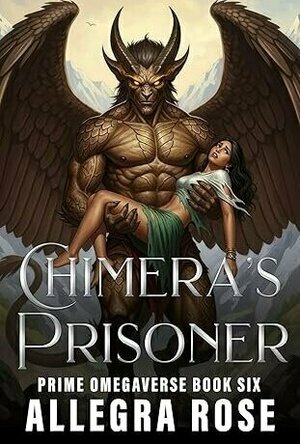
Chimera's Prisoner (Prime Omegaverse #6)
Book
She hid her omega status for years. Now she's been claimed by the one predator who owns the skies. ...
Dark Dub-Con Science Fiction Erotica
